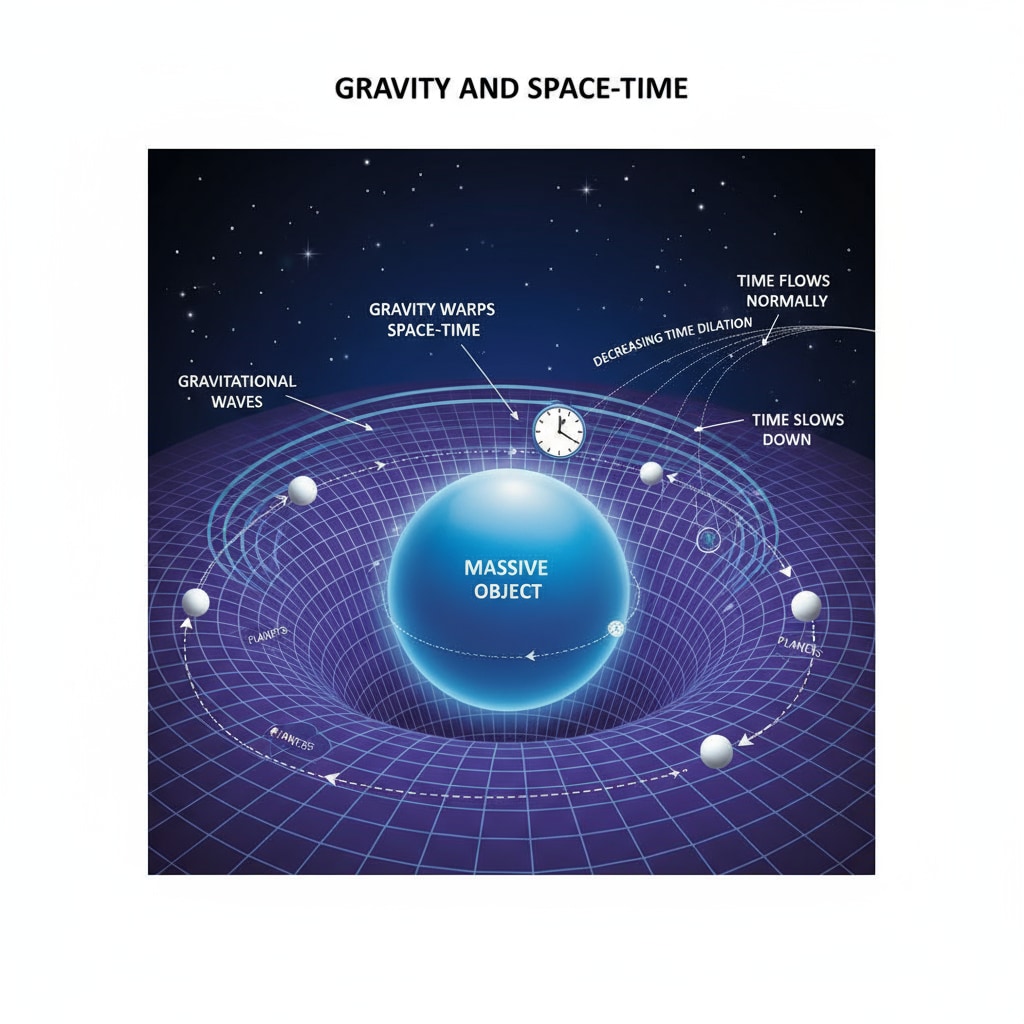Time bending, gravity, and their everyday impacts are concepts that can seem daunting at first, but they hold the key to understanding the fundamental workings of our universe. In the realm of K12 education, making these ideas accessible and interesting to students is crucial. Einstein’s theory of relativity, which delves deep into the relationship between time, space, and gravity, can be a challenging topic to teach. However, by using real-life examples and practical activities, educators can help students build a solid cognitive framework for these basic physics concepts.

The Concept of Time Bending
Time bending, also known as time dilation, is a phenomenon predicted by Einstein’s theory of relativity. According to this theory, time passes at different rates depending on an object’s speed and the strength of the gravitational field it is in. For example, time runs slower for an object in a stronger gravitational field. This may sound counterintuitive, but it has been proven through various experiments. Time dilation on Wikipedia provides more in-depth information on this topic.
Gravity’s Role in Time Flow
Gravity plays a significant role in the flow of time. The stronger the gravitational force, the more it warps space-time, causing time to pass more slowly. A classic example is near a black hole, where the gravitational pull is extremely strong. Time near a black hole practically comes to a standstill compared to a location with a weaker gravitational field. Gravitational time dilation on Britannica offers detailed explanations on this concept.

In daily life, these effects are usually so minuscule that we don’t notice them. However, they have real implications, such as in the functioning of GPS satellites. These satellites orbit the Earth at high speeds and are in a weaker gravitational field compared to the surface. To ensure accurate location data, the time dilation effects due to both speed and gravity must be accounted for. This is a prime example of how the concepts of time bending and gravity have practical applications in our modern world.
Readability guidance: We’ve used short paragraphs to make the content easier to digest. Each section focuses on a key aspect of time bending and gravity. Transition words like “however” and “for example” have been used to make the text flow smoothly. By providing real-life examples and external links, we aim to enhance students’ understanding of these complex physics concepts.


